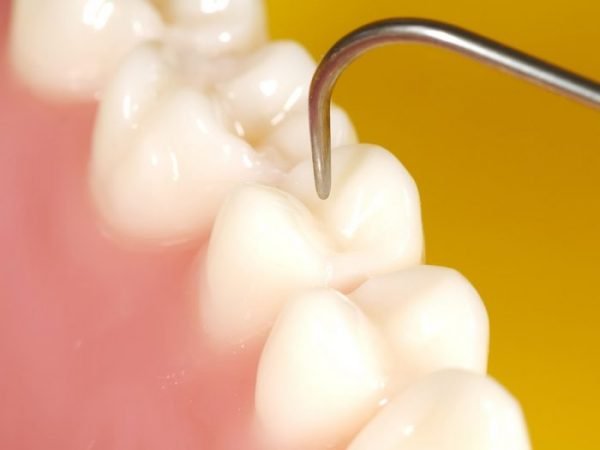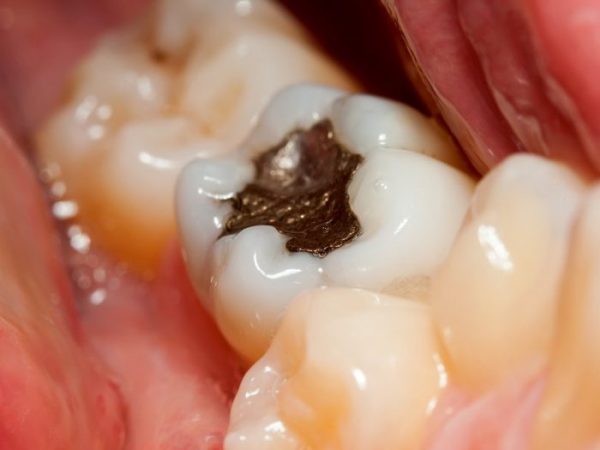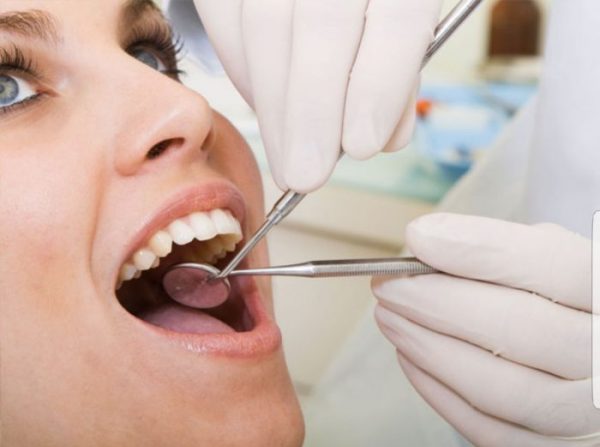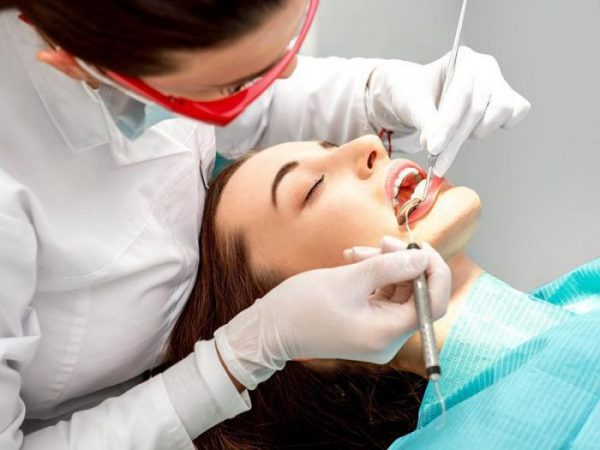ABOUT VENEERS
Dental veneers are attached to the front of teeth in order to create a perfect white smile. Veneers can be made with direct composite, applied directly to teeth and then shaped by a cosmetic dentist, or with indirect composite or porcelain. These are custom made in a laboratory and then cemented to the teeth. The tooth is shaved slightly so that when the veneer is attached, the tooth does not become thicker. This will permanently change the natural tooth.
Recommended for
- Discolored teeth
- Cracked teeth
- Chipped teeth
- Uneven teeth
- Misaligned teeth
- Worn tooth enamel
- Tooth decay
TIME REQUIREMENTS
- Average length of stay abroad: 1 weeks.
The time required depends on the type of veneers and how long is needed to make them in the lab. Direct composite veneers can be done in one day, however lab made porcelain or composite veneers can take up to 2 weeks if many teeth are being done at once.
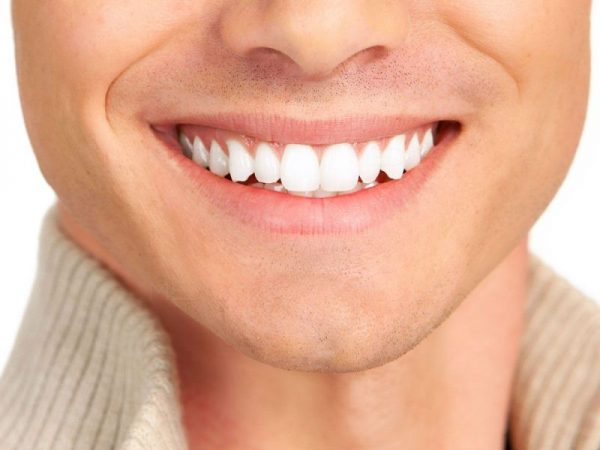
COMPARE VENEERS PRICES AROUND THE WORLD
| Country | Cost |
|---|---|
| United Kingdom | 718€ |
| Ireland | 450€ |
| Poland | 280€ |
| Thailand | 280€ |
| Hungary | 270€ |
| Thailand | 267€ |
| Mexico | 224€ |
HOW TO FIND QUALITY TREATMENT ABROAD
BEFORE VENEERS ABROAD
To prepare the teeth for veneers, a part of the tooth is shaved off. Shaving the tooth is a permanent and irreversible change, therefore patients should be sure about getting veneers before choosing to have treatment. The dentist usually removes around 0.5mm of the tooth’s surface so that when the veneer is attached, the tooth does not become thicker.
HOW IS IT PERFORMED
Once the tooth has been prepared (reduced in size), the dentist will make a dental impression. This will be used to create custom veneers in the laboratory. At the next appointment (days later once the veneers have been created), the dentist will attach the veneers to the teeth.
Materials
Direct composite, indirect composite, porcelain, lumineers, snap on smile.
Anesthesia
Local anesthetic may be used while preparing teeth.
Procedure duration
Direct composite veneers may be done in one session, whereas porcelain veneers need to be created in a laboratory based on an initial mould, requiring at least 2 appointments. The clinic will be able to tell patients how quickly the laboratory can create the veneers. Clinics with their own laboratory on site are usually quicker.
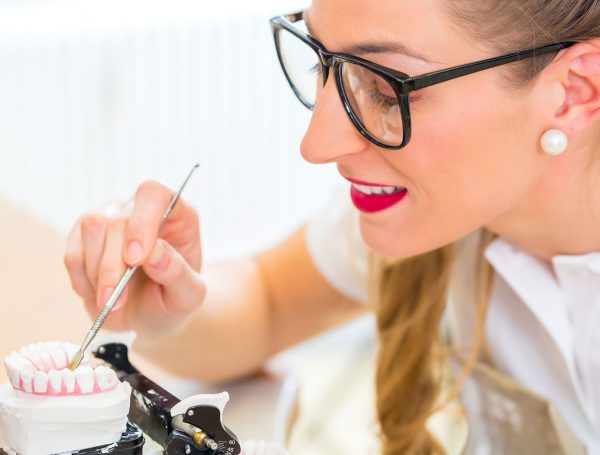
WHAT TO EXPECT AFTER VENEERS
Post procedure care
Patients should be careful with eating hard foods. A night guard is sometimes recommended to protect teeth, particularly if patients grind their teeth.
Possible discomfort
Patients may feels some discomfort as a result of the tooth preparation, however in general the procedure is pain-free. If patients experience pain after the veneers are fitted, it can be a sign that the bite needs to be adjusted.
IMPORTANT THINGS TO KNOW ABOUT VENEERS
Not recommended for
- Patients with bruxism (teeth grinding) as it may damage the veneers
Potential risks
- Problems with bite
- Cracks may appear in the veneers
- Veneer may fall off
- Nerve damage (if too much of the tooth has been shaved off)
FREQUENTLY ASKED QUESTIONS
Some patients feel a little discomfort because part of the outer layer of the tooth is usually removed. The dentist will likely use a local anesthetic to numb the area and you shouldn’t feel anything during the procedure. There may be some sensitivity for a few days afterwards that should go away. If a lot of tooth material is removed during preparation, there may be some pain after the procedure and the dentist will likely recommend an NSAID pain reliever such as ibuprofen.
Porcelain veneers do not usually stain. Laminate veneers can stain from drinking coffee, tea, red wine, or similar drinks. Proper oral hygiene and regular teeth cleanings will help prevent staining. Avoiding whitening toothpastes will also help as they are abrasive and will wear down the stain-resistant surface on the veneer.
Veneers can be used to improve the appearance of crooked teeth, but it’s usually recommended you straighten the teeth first using other methods such as braces. In order to make the teeth look straighter, the dentist may need to shave part of the tooth so that the veneer fits the tooth.
Veneers last, on average, between 7-20 years. How long they last will depend on how well they are cared for and how much enamel was removed from the tooth before it was placed. Sometimes veneers fall off or are damaged; however they can usually be replaced.
If you received “no prep” veneers and had no enamel removed from the tooth then you could possibly have the veneer removed and the tooth polished back to its original shade. However, in most cases because the enamel is removed, the tooth will need to always have a veneer over it.
Veneers are made to last up to 10 years, but can last much longer with proper care and regular dental cleanings. They are also custom made to fit the other teeth in your mouth and can therefore be expensive.

